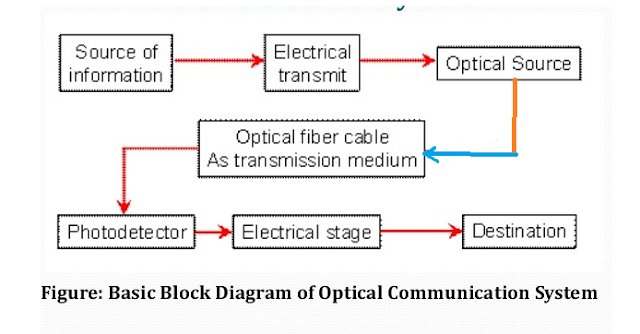Introduction to Optical Computer:
Optical computing uses photons produced by lasers or diodes for computation because photon has consider as higher wavelength than the electron.Also it is an experimental computer that uses photons rather than electrical impulses to process data a thousand times faster than with conventional integrated circuits.
An optical computer (also called a photonic computer) is a device that uses the photons in visible light or infrared ( IR ) beams,rather than electric current, to perform digital computations. An electric current flows at only about 10 percent of the speed of light. This limits the rate at which data can be exchanged over long distances, and is one of the factors that led to the evolution of optical fiber . By applying some of the advantages of visible or IR networks at the device and component scale, a computer might someday be developed that can perform operations 10 or more times faster than a conventional electronic computer.
There are two different types of optical computers,they are.....
1. Electro-Optical Hybrid computers:- This type of computing device would be to shorten the pulse delay in chips and other logic elements by using optical interconnections.
2. Pure Optical computers:- Thie include 2-D Fourier transform or optical correlators, and optical matrix-vector processors
Characteristics of Pure-Optical Computers:
-> Use multiple frequencies-> Information is sent throughout computer as light waves and packets.
-> No electron based systems
-> No converstion from binary to optical necessary, greatly increasing the speed.
Electro-Optical Hybrid
-> Use optical fibers and electric parts to read and direct data from the processor-> Light pulses send information instead of voltage packets.
-> Processors change from binary code to light pulses using lasers
-> Information is then detected and decoded electronically back into binary
Basic Path of Information Through an Optical Computer
Information gets sent in from keyboard, mouse, or other externalsources and goes to the processor. Processor then sends the information through logic gates and switches to be programmed.The information is then sent through different fiber optic cables depending on it’s final location.Some information will be sent to the holographic memory, where it will then be saved. After information is saved and the program would like to use it,the program sends a command to the processor, which then sends a command to receive the information.The program receives the information and sends a signal back to the processor to tell it that the task is complete.
Most research projects focus on replacing current computer components with optical equivalents, resulting in an optical digital computer system processing binary data. This approach appears to offer the best short-term prospects for commercial optical computing, since optical components could be integrated into traditional computers to produce an optical-electronic hybrid. However, optoelectronic devices lose about (25-30)% of their energy converting electronic energy into photons and back, this conversion also slows the transmission of messages called signal. All-optical computers eliminate the need for optical-electrical-optical (OEO) conversions.Advantages of Optical Computing are:-
-> Small size
-> Increased speed
-> parallel computing capability
-> Low heating
-> Dynamically Reconfigurable and Scalable for larger or small networks
-> More complex functions done faster Applications for Artificial Intelligence
-> Less power consumption (500 microwatts per interconnection)
In conclusion,Optics has been used in computing for a number of years but the main emphasis has been and continues to be to link portions of computers, for communications, or more intrinsically in devices that have some optical application or component. Optical digital computers are still some years away, however a number of devices that can ultimately lead to real optical computers have already been manufactured, including optical logic gates, optical switches, optical interconnections, and optical memory.If you want to get more information click here and comment below.
Do not forget to Comment and Share



